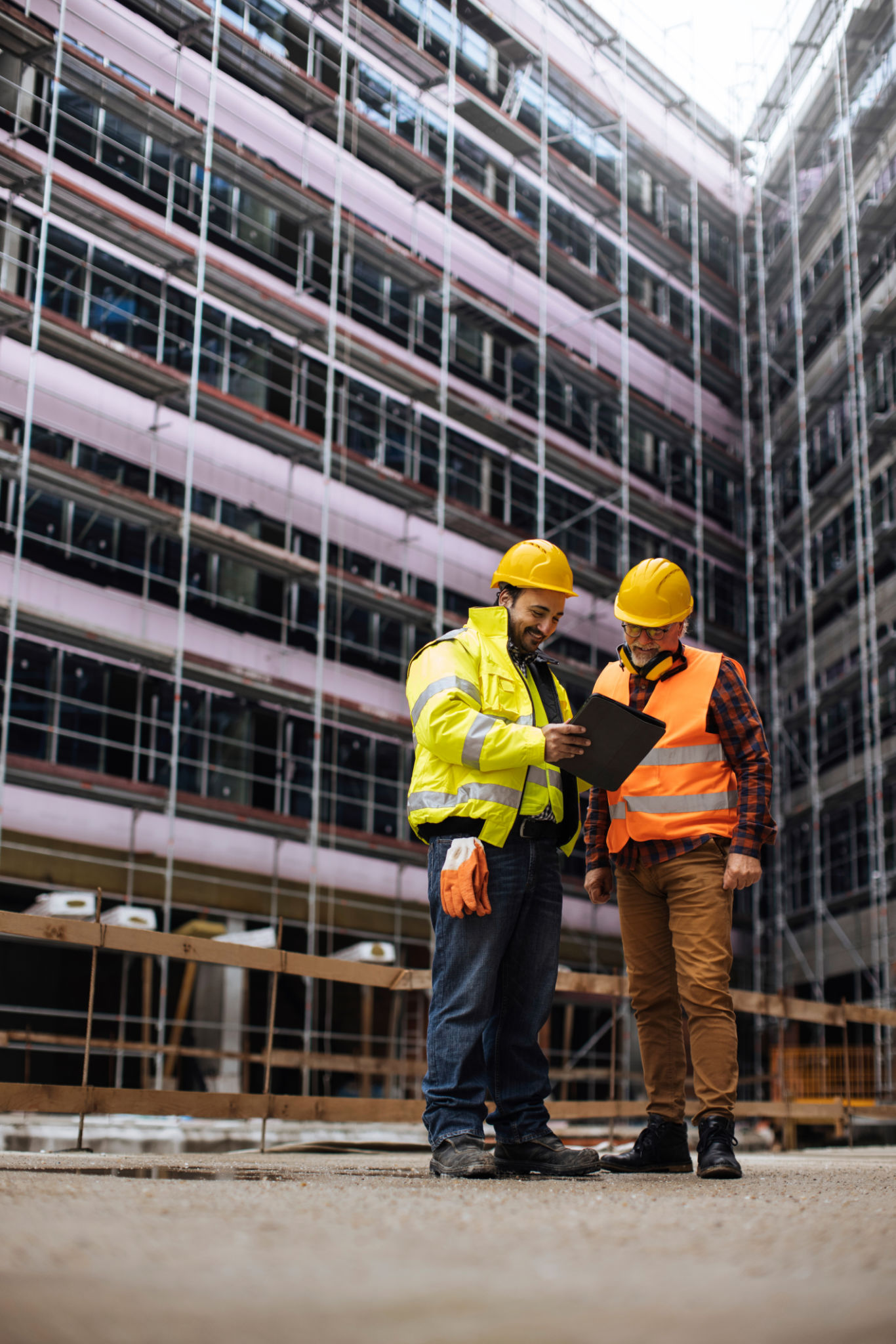Common Myths About Concrete and Masonry: What You Need to Know
Understanding Common Myths About Concrete and Masonry
Concrete and masonry are fundamental materials in construction, known for their durability and versatility. Despite their widespread use, several myths and misconceptions persist about these materials. Understanding the truth behind these myths can help homeowners, contractors, and DIY enthusiasts make informed decisions.

Myth 1: Concrete and Cement Are the Same
A common misconception is that concrete and cement are interchangeable terms. In reality, cement is an ingredient of concrete. Concrete is a composite material composed of cement, water, and aggregates like sand, gravel, or crushed stone. Cement acts as the binding agent that holds everything together once it sets and hardens.
Myth 2: Concrete Is Impermeable
Another widespread myth is that concrete is impermeable to water. While it is true that properly cured and sealed concrete can resist significant moisture, concrete is inherently porous. This means that without proper sealing, water can penetrate its surface, potentially leading to issues like cracking and spalling over time.

Myth 3: Masonry Structures Are Maintenance-Free
Many people believe that masonry structures require no maintenance once they are built. However, like any other building material, masonry needs regular upkeep to maintain its integrity. This includes inspecting for signs of wear or damage, cleaning, and occasionally repointing mortar joints to ensure the structure remains sound.
Myth 4: All Concrete Looks the Same
Contrary to popular belief, not all concrete looks the same. Advances in technology allow for a variety of finishes, colors, and textures. From stamped patterns that mimic natural stone to polished surfaces with a sleek appearance, concrete offers diverse aesthetic options for both interior and exterior applications.

Myth 5: Masonry Is Environmentally Unfriendly
Some argue that masonry is not an eco-friendly option due to the energy required to manufacture bricks and cement. However, when you consider its longevity and thermal mass properties, masonry can be part of a sustainable building strategy. Properly designed masonry structures can reduce energy consumption by maintaining stable indoor temperatures.
Myth 6: Concrete Only Gains Strength for 28 Days
It is often thought that concrete stops gaining strength after 28 days. While it is true that concrete reaches most of its design strength within this period, it continues to cure and harden over time. This means concrete’s strength increases gradually, albeit at a slower pace after the initial curing period.

In conclusion, debunking these myths allows for a greater appreciation of the capabilities and versatility of concrete and masonry. By understanding the realities about these materials, individuals can make more informed decisions in their construction projects and better leverage the strengths of concrete and masonry in various applications.
